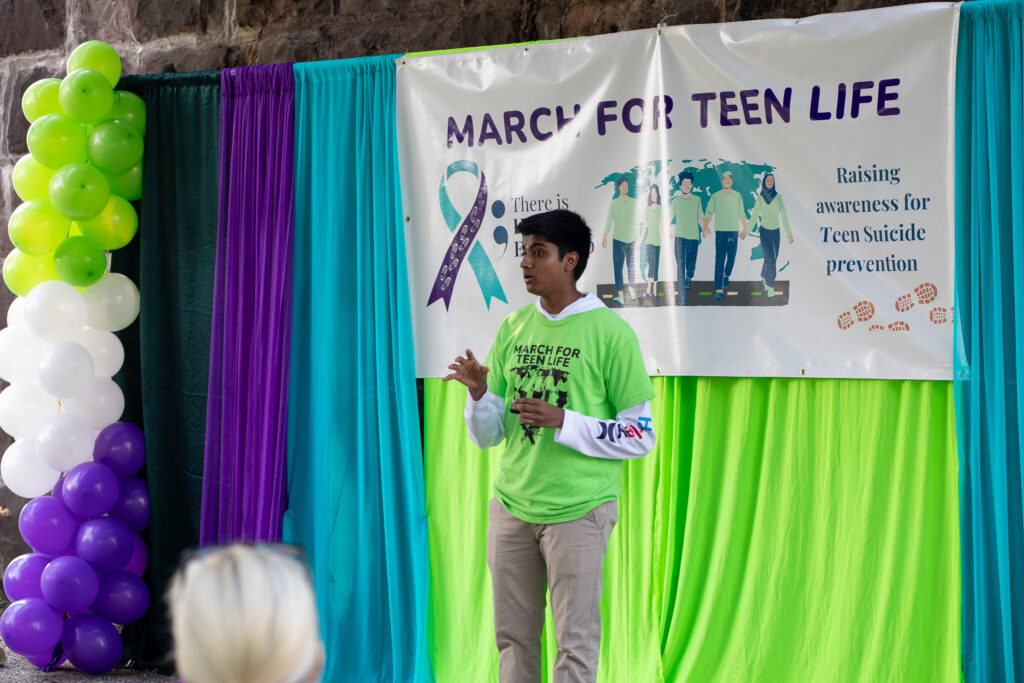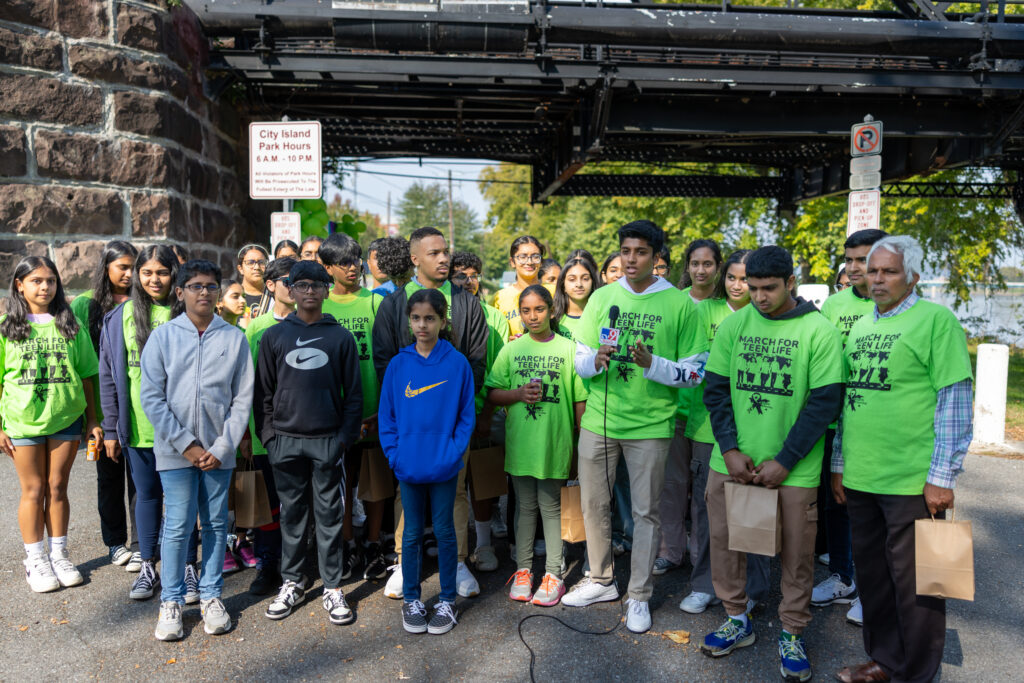“Dear cruel world, I’m sorry. For everything.” Many people don’t leave a note at all. Maybe it’s because they want to hurry so they don’t change their minds. Others scrawl a short phrase that covers one message, a type of bumper-sticker suicide note. Others will write a longer text. The real message: “I have been failed.” That is even more true when the victim (yes, “victim”) is a teenager. I am a teenager.
High school is intentionally designed to be stressful, by throwing together young people whose emotions and intellect are still being created, who are constantly being measured for worth, who are always longing for approval from their peers, and who exist in both the physical and virtual realms. These stressors can be catastrophic for a mind that has not even fully developed. I have heard throughout my journey through my district, students killing themselves.

Afterward, the overwhelming consensus was, “I wish I had seen the warning signs.” While I feel that the quality of mental health resources is strong, there are too many students and too few faculty and staff to handle such an enormous problem. The linchpin holding this awful phenomenon together is judgment.
Stress itself is not a bad thing, because the world stops for no one. But the herd mindset we need to break is that stress is normal, so we must all simply endure the pressure in silence. When we do complain, the running joke is, “Dude, don’t report me to Safe2Say, but…” Any program that is the butt of a joke is, by definition, not going to be fully effective. Although such programs have good intentions at heart, their potential is untapped by a student populace afraid to use it.
The teacher and student dynamic is one that is not designed to be equal. In order for a teacher to give information, a student needs to give that teacher a lot of implicit respect to gain knowledge. But the byproduct of that is that students are not willing to come to their teachers with their problems, because they do not want to be judged by someone who is not their equal.

In order to talk to someone who is their equal, there is a friend who they might lose or another classmate who they might not trust with their most private thoughts. The way around that judgment could be face-to-face contact with someone of a similar age over Zoom who is trained but is unable to take action without the other party’s approval. Personal but anonymous, because students can relate their experiences. Establishing a personal connection with someone who you feel is like you, then they do not have to work to become equals and gain trust.
For most teachers, helping is the reason that they got into education in the first place, but they are severely handicapped. Whenever I came to my teachers with any problem that I was having, personally and academically, they did everything in their power to help me. But if I were having suicidal ideations, I am not sure that I would even go to them. This problem is a systemic shortcoming that most teachers cannot help as much as they want. This proposed solution would circumvent this hindrance. We cannot remove the teacher-student dynamic because it is the best way to learn; we can add a solution that is effective and acceptable at all levels of education, and we can remove the stigma that students have with their teachers.
The current strategy revolves around helping students recognize certain warning signs in themselves, but we can make a pointed effort to help students recognize symptoms in others, to make certain that there is no shame in getting help, and to make mental health a priority – the responsibility for which is shared by every single student and school official. Information can be given via presentations, videos, writing assignments, in-depth reviews of behavior analysis, and then exposing students to the stressor they are most familiar with: assessments of their new knowledge.

The further solution I propose is to train students to recognize warning signs of depression, anxiety, and mental instability so that they can work in conjunction with school professionals to help ensure the safety and well-being of each student.
The two conflicting realities are that students have tender hearts but lack the thick skin to protect those hearts, and school staff have great compassion but do not have time to attend to the various needs of each student. We must harness our strongest resource—that nobody knows more about teenagers’ social dynamics than the teenagers themselves. Indeed, they must be armed with the knowledge to utilize the high-quality mental health resources already available at the school. It is important that even the introvert understands that their actions have tangible consequences.
If a school shooter is not stopped, if a suicide is not averted, then we, as stakeholders in the system, have failed in our duty to protect the future of our country. We have administrations, teachers, and students who all want to fix this terminal problem, let’s fix it, together.
Disclaimer: The opinions and views expressed in this article/column are those of the author(s) and do not necessarily reflect the views or positions of South Asian Herald.






